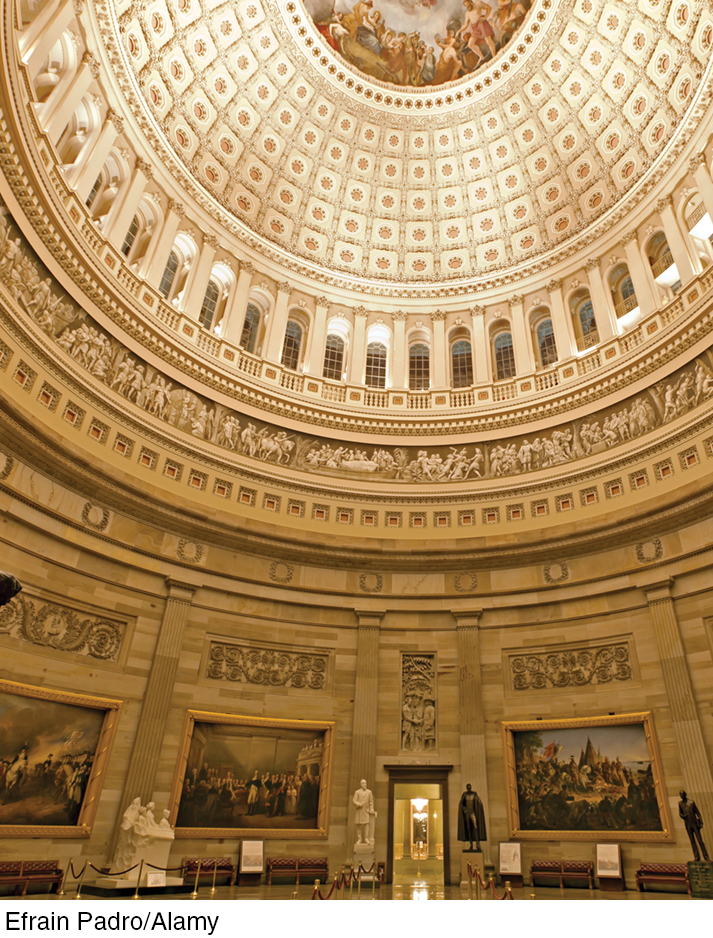Fiscal Policy and Debt
10

Learning Objectives
10.1 Describe the tools that governments use to influence aggregate demand.
10.2 Describe expansionary and contractionary fiscal policy.
10.3 Determine the influence that the multiplier effect has on government spending and aggregate output.
10.4 Describe the fiscal policies that governments use to influence aggregate supply.
10.5 Describe the impact of automatic stabilizers, lag effects, and the propensity toward deficits from fiscal policymaking.
10.6 Identify the different lags that occur when implementing fiscal policy.
10.7 Define deficits and surpluses, and explain the difference between national debt and public debt.
10.8 Describe the potential consequences of maintaining high public debt.
When you apply for a loan to buy a car, you undoubtedly will go through a credit check and receive a credit rating, which is a number that estimates the probability of you paying back the loan. The government is also given a credit rating for the loans it takes out. This rating, like yours, estimates the probability of the government paying back its loans.
On August 5, 2011, Standard and Poor’s (S&P), a credit rating agency, did something it had never done in its history: lower the debt rating of the United States government from a perfect AAA rating to a slightly less than perfect AA+ rating. Although an AA+ rating is still excellent, this change was significant, because it suggested for the first time that the United States government is not immune from all and any hardships in paying its debts.
Why did the United States government lose its perfect debt rating? One reason was its extensive use of fiscal policy in the aftermath of the 2007–
In extraordinary times, governments use fiscal policy to influence the macroeconomy with the express purpose of smoothing fluctuations in the business cycle. During the 2007–
Fiscal policy influences aggregate demand and aggregate supply in many ways. However, fiscal policy that is used to stimulate the economy is often accompanied by persistent budget deficits and debt. Why and to what end? This chapter will examine these issues and focus on the problem of financing deficits by accruing debt.
Most Americans are accustomed to dealing with debt. Individuals might have a home mortgage, car loan, student loan, or credit card balances, while businesses often take out loans for capital purchases and other expenses to run their operations. Most debt is managed by making periodic payments toward the balance and interest. However, when debt becomes too high to be controlled, individuals and companies face financial distress and are sometimes forced to declare bankruptcy.
As we will see, it is no surprise that governments also deal with debt. In recent years, deficits and the national debt have dominated economic headlines. The national debt grows when the government spends more than the tax revenues it collects. In 2015, the U.S. government collected about $3.25 trillion in taxes, but spent about $3.69 trillion. The difference of $440 billion represented the federal deficit that was added to the national debt.
Unlike individuals and small companies, a government has a much larger arsenal of tools to prevent it from going bankrupt, including the power to tax and the ever-
In this chapter, we analyze the tools government uses to implement fiscal policy and study their effects on aggregate demand and aggregate supply, which affects income and output. We then analyze whether the amount of the federal debt is a problem, and if so, what the government can do about it. This chapter will give you a good sense of the scope of fiscal policy and the tradeoffs between relying on public debt and balancing taxes and spending.